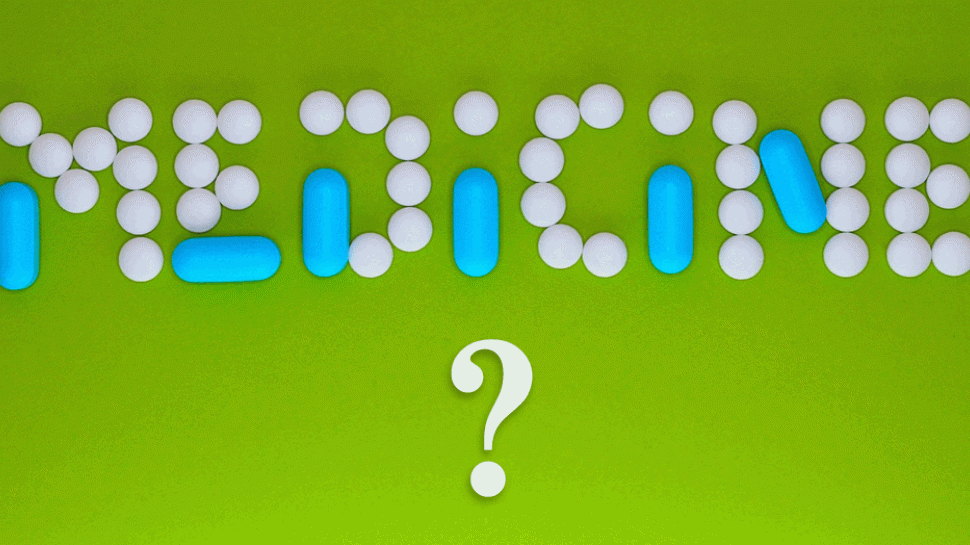Livraison gratuite pour les commandes de plus de 200$* au Canada
Commandes EN LIGNE vers les États-Unis temporairement suspendues. CONTACTEZ-NOUS.

Painkillers, antibiotics, meds and more
Antifungals, diuretics, and satins galore
Our cupboards are full of small coloured pills
We pop ‘em like candy, to cure all our ills
It gets more complex, the harder we try
One enemy now is the sun in the sky
Once comfortable, yet cautious, on sunny days
We are now allergic to the sun’s hot rays
Rashes, blisters, redness and pain
Go away SUN. Bring on the rain
Inflammation, swelling, itching, a burn
Go away SUN. It is YOU we must spurn
Our immune systems are a state of unrest
Foreign invader meds being put to the test
Phototoxic*? Photoallergic**? It’s all in the name
Definitions explain, but the pain is the same.
Painkillers, antibiotics, meds and more
Antifungals, diuretics, and satins galore
Our cupboards are full of small coloured pills
We pop ‘em like candy, to cure all our ills
Sunlight and ‘meds’ are not a great blend
Yet taking more drugs is the current sad trend
‘Wear 100 sunscreen' is the message today
Must we continue to do what they say?
We know that medicine can save lives. That is not in question here. It is just that there are perhaps too many choices out there and conflicts can occur. Marketing is a powerful tool. We are inundated with ads and unfortunately believe too much of what we hear. If you have become ‘allergic’ to the sun, at least understand the ‘how’s and the ‘why’s’ of your sensitivity. If you are taking medications, there may be an interference.
If you wear commercial sunscreen make sure it is safe. It may be making it worse rather than serving as protection. If you wish to reduce the amount of ‘foreign invaders’ in your life, at least consider natural oils and zinc to help protect your skin. Wear proper clothing and sunhats and respect the rays. You do have some control. You can do something about it. You might like to read our article, 'Less Pink With Zinc' to learn about more natural weather protection skin care.
*A phototoxic means the drug reacts to sunlight. In phototoxic reactions, the drug may become activated by exposure to sunlight and cause damage to the skin. The skin's appearance resembles sunburn, and the process is generally acute (has a fast onset). Ultraviolet A (UVA) radiation is most commonly associated with phototoxicity, but ultraviolet B (UVB) and visible light may also contribute to this reaction. A phototoxic reaction typically clears up once the drug is discontinued and has been cleared from the body, even after re-exposure to light.
**In photoallergic reactions, the ultraviolet exposure changes the structure of the drug so that it is seen by the body's immune system as an invader (antigen). The immune system initiates an allergic response and causes inflammation of the skin in the sun-exposed areas. These usually resemble eczema and are generally chronic (long-lasting). Many drugs in this family are topical drugs.This type of photosensitivity may recur after sun exposure even after the drug has cleared from the system.